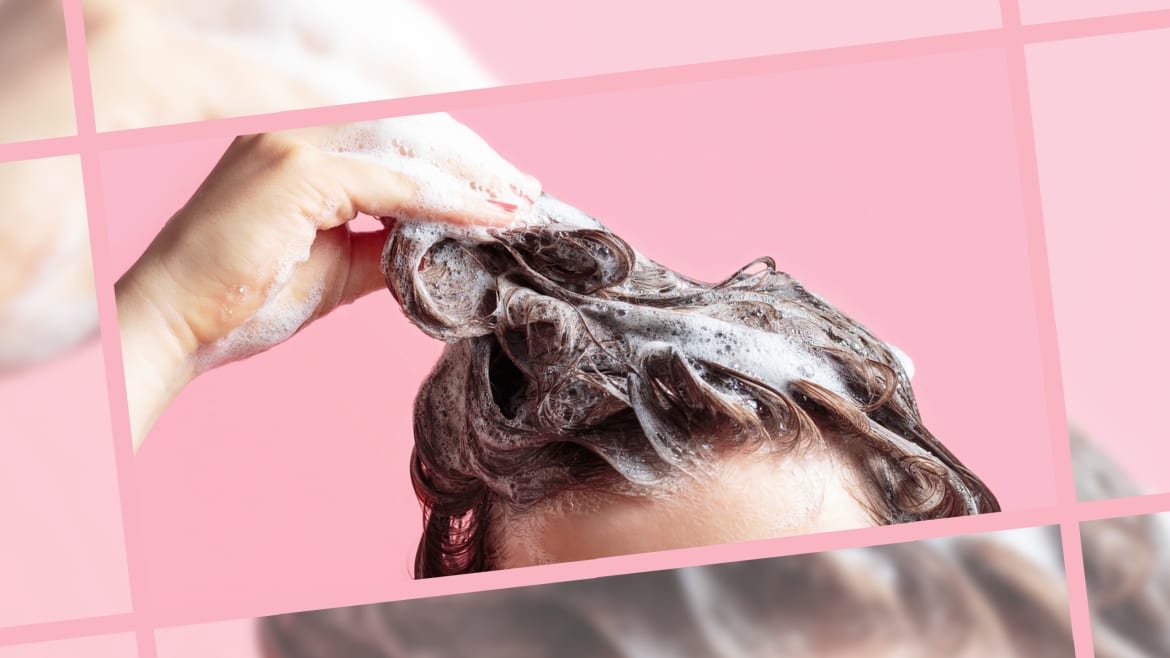Scouted/The Daily Beast/iStock.
https://go.linkby.com/HNMUKTGC
The first time I used a clarifying shampoo was during my senior year of high school after I had attempted to go cherry red without being mentally and emotionally prepared for such a stark change—I had been faithful to my natural dirty blonde hair jazzed up with a few not-so-natural golden highlights to frame my face. After removing the towel from my damp Ariel-hued locks, I burst into tears before darting to my computer to look for quick fixes that promised to fade the vibrant red to, at least, maybe a tomato red until I could get some professional help. Ultimately, I ended up going with straight-up dish soap, a DIY remedy that I discovered on a pre-Reddit-era message board, which worked fairly well but left my mane dry, damaged, and broken—and I hadn’t even used bleach! It finally dawned on me that taming the red was going to be a process, so I invested in a well-reviewed clarifying shampoo and committed to using it three times a week to preserve the health of my hair while gradually dulling the cherry-ness without resorting to bleach.
After the long, long journey back to dirty blonde (my patience was really put to the test, folks!), it only makes sense that the standing impression of clarifying shampoos left behind was that they were primarily used as a corrective measure for a color job gone wrong, and, as such, would fade color regardless of whether you wanted it to or not. Naturally, I avoided clarifying shampoos like the plague once I returned to my ash blonde out of fear that these “stripping” formulas would prematurely fade my expensive bleached highlights by removing the toner or gloss and/or turning them brassy. Plus, based on the relative success of my dish soap hack, I conceded that all clarifying formulas would not only strip the color from my strands but also strip any remaining moisture that the bleach hadn’t already done away with—and I really wasn’t in a position to risk more dryness or breakage at that point.

